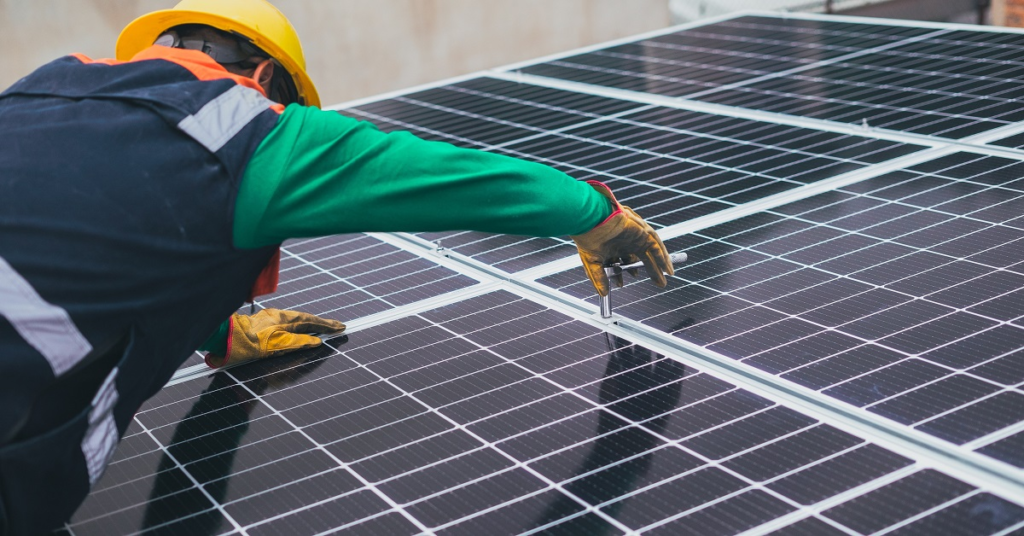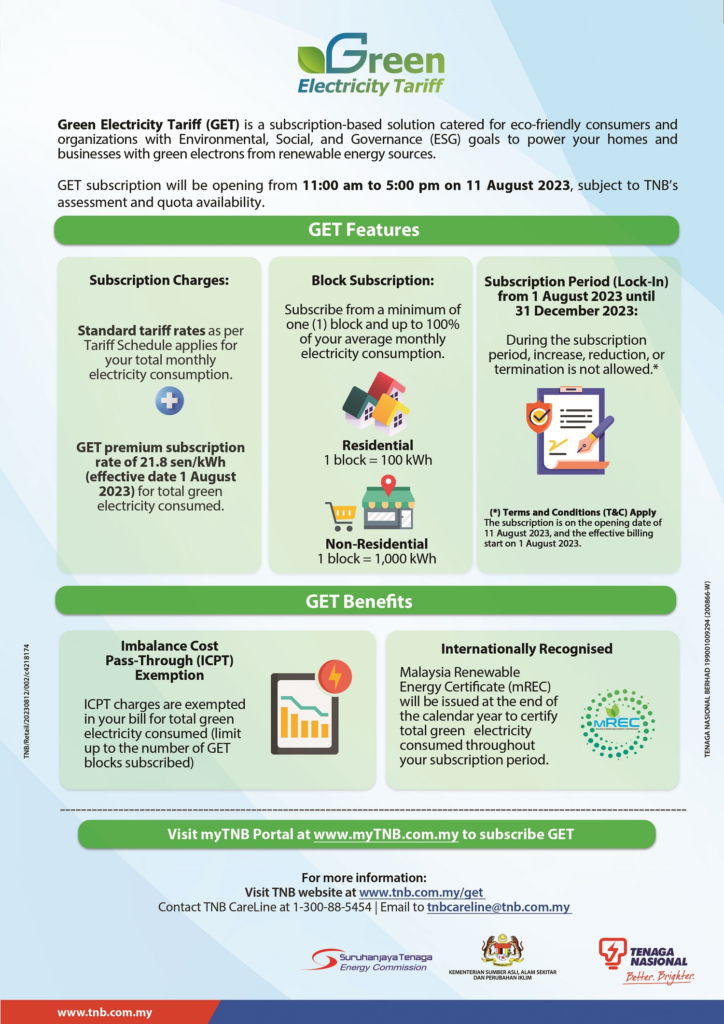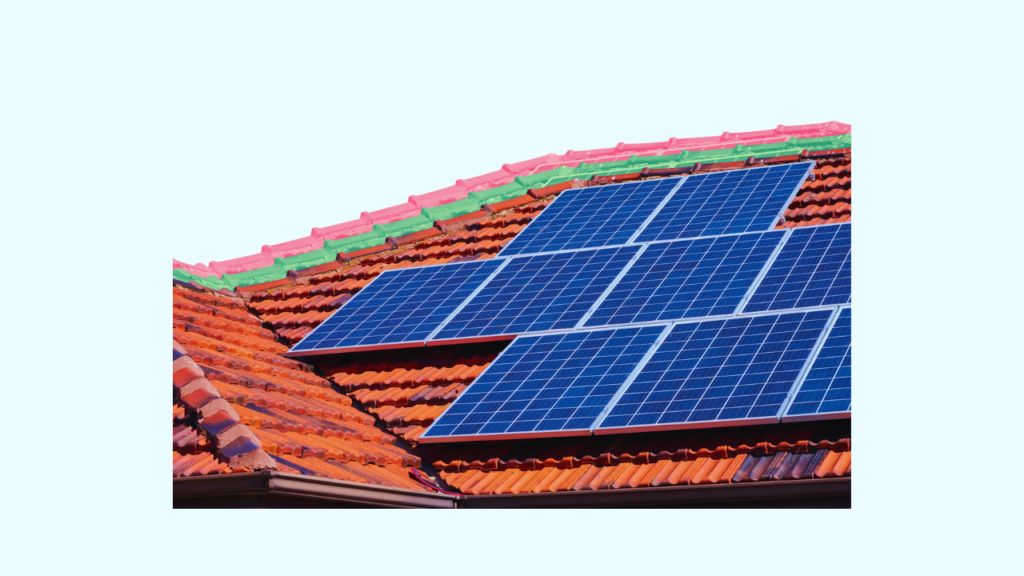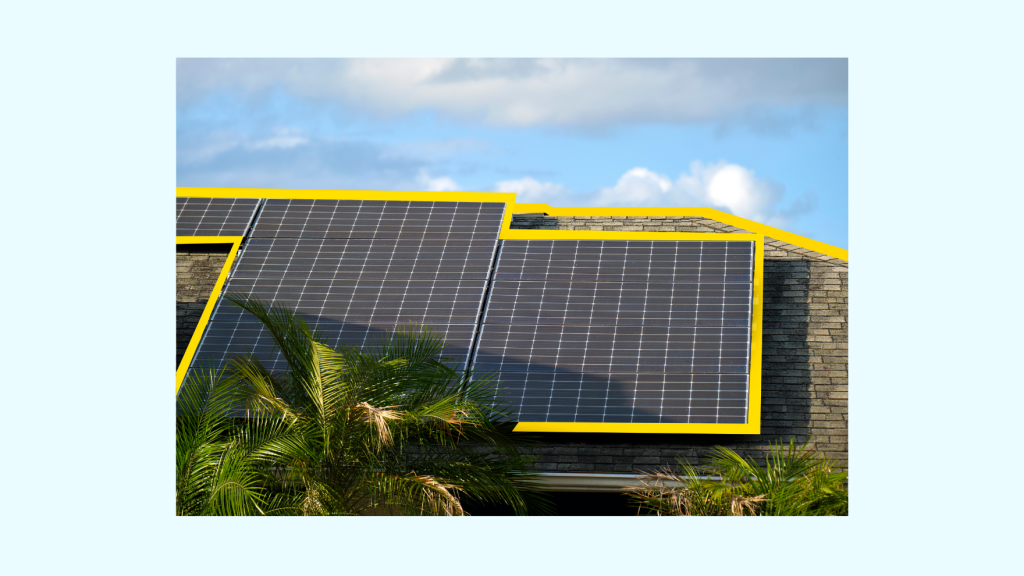With GetSolar, we aim to make solar affordable for everyone by going against traditional upfront costs. That’s where our solar subscriptions come in, offering instant savings on your monthly bills from Day 1. Interested readers can find out more about our plans here!
Prefer a personalized quote? Simply head to our interactive solar calculator tool, and you’ll get your price estimate within minutes!
Get Your Free Solar Estimate
Introduction: Embracing Solar Power In Malaysia
Welcome to the sunny side of Malaysia, where the warmth of the sun isn’t just something we enjoy—it’s something we’re harnessing to power our lives. Solar panels in Malaysia are making waves, and they’re not just eco-friendly; they’re budget-friendly too!
As we all know, the world’s been facing some energy bumps lately due to the Russia-Ukraine situation, and that’s led to soaring electricity prices. But solar power has become more affordable than ever in the past year. It’s your chance to shine, save money, and make the world a greener place.
We are here to guide you through the ins and outs of owning solar panels in Malaysia. Whether you’re a homeowner with dreams of a sun-powered home or a business owner looking to cut costs and emissions, we’ve got your back!
Potential of Solar Panels In Malaysia
Malaysia boasts abundant sunlight, offering ground-mounted, rooftop, and floating solar systems with a vast potential of 269 gigawatts for solar PV. Hydro and bioenergy also contribute, with potentials of 13.6 gigawatts and 3.6 gigawatts, respectively.
Under the Malaysia Renewable Energy Roadmap (MyRER), the government aims for renewable energy to provide 31 percent (13 gigawatts) of the nation’s energy needs by 2025 and 40 percent (18 gigawatts) by 2035. The long-term goal is to achieve 70 percent renewable energy by 2050, aligning with the national aspiration for net zero greenhouse gas emissions by 2050.

Green Technology Incentives and Investment
The government has introduced incentives to support green technology initiatives and energy-efficient practices. Initiatives encompass environment-friendly energy generation, conservation, and improved efficiency. These incentives extend to companies engaged in green initiatives such as adoption of solar panels in Malaysia.
The Green Investment Tax Allowance offers companies allowances for adopting renewables, enhancing energy efficiency, constructing green buildings, or engaging in integrated waste management projects. Similarly, the Green Income Tax Exemption provides generous cuts for companies offering services related to green technology activities, including renewable energies and electric vehicles.
Net Energy Metering (NET) program
Under the Net Energy Metering (NET) program, excess energy generated by solar panels can be exported back to the grid on a “one-on-one” offset basis. Read more about the program here!
To date, significant progress has been made. Approvals for 84.5130 megawatts (MW) under NEM Rakyat, 32.6740 MW under NEM GoMEn, and 535.0091 MW under NEM NOVA, according to the Sustainable Energy Development Authority (SEDA) Malaysia.
Support From The Malaysian Government
Local experts and industry players see immense potential in Malaysia’s push for renewable energy (RE), particularly in the solar sector. Solar energy has become the poster child for RE in Malaysia, thanks to the government’s efforts.
Electricity Tariff Adjustments [July 2023]
The Ministry of Natural Resources, Environment, and Climate Change (NRECC) has rolled out some updates to the electricity tariffs in Peninsular Malaysia for the latter half of 2023 (July-Dec 2023). So, let’s break it down.
For Residential / Domestic Consumers
Using up to 1,500 kWh monthly, like most Malaysian households, good news—no bill increase. That’s right, 99% of households won’t feel the pinch. But if you’re among the 1% using more than that (roughly 83,000 households), there’s a small surcharge of 10 sen/kWh.
For Non-Residential / Domestic Consumers
Now, let’s talk business. Small enterprises like restaurants, shops, and farms, you’re in luck! You won’t see any hikes in your electricity rates. And for water and sanitation utilities a reduction in surcharge rates from 20 sen/kWh to 3.7 sen/kWh.
In the industrial or commercial arena with medium or high voltage? Good news: surcharge rates drop from 20 sen/kWh to 17 sen/kWh. That’s a nice 28% to 35% off your monthly bill.
For Solar Power
Now, for those of you looking to harness the power of the sun, here’s some exciting news! The government is making it easier to install solar PV systems. They’re relaxing some rules under the Net Energy Metering (NEM) Programme and Self-Consumption for Solar PV Installation (SelCo) Programme, starting from July 15, 2023. Read the full details here.
Green Energy Tariff (GET) Changes [Aug 2023]
What Is The GET Program? What Is Changing?
The GET program started in January 2022, and it’s like a special offer for green energy. Every year, there’s a pool of 4,500 GWh (that’s a measure of electricity) available. If you want green energy, you pay a bit more for every kWh you use. It’s sold in blocks, like 100 kWh for houses and 1,000 kWh for businesses.
The cost of green electricity is going up. The government is increasing the price of green energy for both homes and businesses. Instead of the old rate, which was like MYR 0.037 for every unit of electricity (kWh) you use, it’s now MYR 0.281 per kWh. This change kicks in on August 1, 2023.

Impact on Consumers
Here’s the good news: if you’re already part of the GET program, you won’t have to deal with something called the Imbalance Cost Pass-Through (ICPT) anymore. That used to change how much you pay for electricity every six months based on how much it cost to make. Now, the company that sends your electricity bill, Tenaga Nasional Berhad (TNB), will do the math for you.
If you choose to buy electricity made from green sources like solar and hydropower, you’ll pay this new rate. The idea is to make it similar to what people pay in nearby countries for green electricity.
Making Solar More Attractive
The government’s decision to increase tariffs for green energy is all about making solar adoption more appealing and competitive. By aligning these tariffs with neighbouring countries, Malaysia is opening up exciting opportunities for all of us to embrace solar. It’s a win-win. As we hop on board with solar, we not only save on energy costs but also help protect the environment.
Price of Installing Solar Panels in Malaysia
Now that you’re aware of the attractiveness of installing solar as a homeowner, you might be interested in getting in on the action. Well, we’ve got you covered too! What are the potential costs and work you need to consider? Let’s go into the details.
In short, considerations such as roof size, roof type, panel type, and maintenance all have a part to play. If you’re contemplating solar adoption and need more in-depth insights into cost estimates and installation considerations, we’ve got you covered. Check out our comprehensive article here for a detailed guide on making an informed decision about going solar.
In addition, we have gone ahead and shortlisted 10 solar installation companies in Malaysia for your convenience. Read about them here!
Key Steps for Installing Residential Solar Panels
Before you make your way to contact solar installers, let’s break down the essential steps to ensure a smooth and successful experience!
1. Get Multiple Quotes: Don’t rush into the first deal you find. Get quotes from several Registered PV Service Providers. Don’t just focus on price; consider factors like the provider’s reputation, quality of materials, and warranties.
2. Evaluate the Provider: Ensure the provider has a physical office, certifications for PV modules and inverters, and offers a minimum 12-month overall system warranty. Check their experience, permits, and local compliance.
3. Understand Energy Generation: Ask for estimates of your PV system’s monthly and yearly energy generation in kWh. This helps you anticipate your utility payments and benefits.
4. Beware of Misleading Information: Watch out for overly optimistic promises and misleading claims. PV systems do require some maintenance and regular cleaning. Verify any information with credible sources.
5. Contract and Payment: Study the contract carefully; it’s recommended to use the standard contract provided by SEDA-MPIA. Understand the timeline, project deadlines, and feed-in tariff (FiT) commencement date.
6. Monitor Installation Progress: Keep an eye on the installation work. Ensure permits are displayed, labeling is clear, and you receive operation and maintenance manuals.
7. Final Payment Inspection: Don’t make the final payment until you’re satisfied with the installation’s quality and performance.
8. Document Everything: Keep all paperwork, including contracts, invoices, receipts, and correspondence, in one place for easy reference.
Conclusion
In conclusion, while solar energy offers numerous benefits, delving into its technical aspects can be daunting for newcomers. Our guide is here to make your solar journey as smooth and friendly as possible, giving you the know-how and confidence to embrace clean, renewable energy with ease. So, get ready to embark on your solar adventure, and let’s create a brighter, more sustainable future together!
Try Our Solar Calculator Today!





